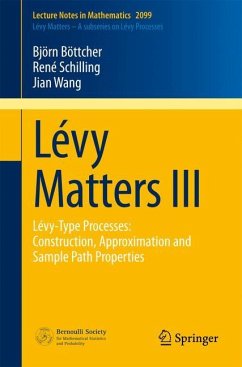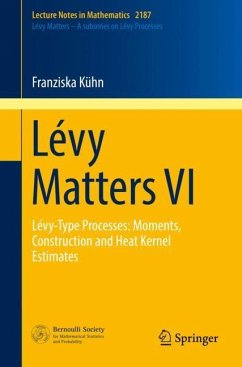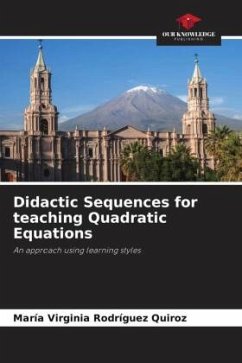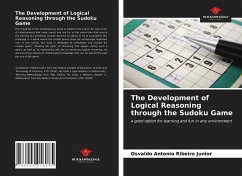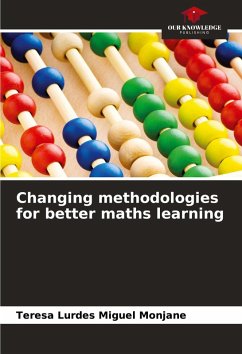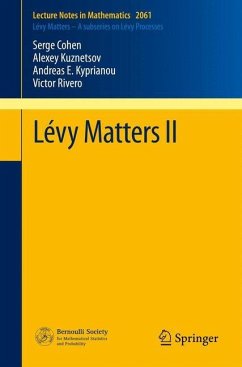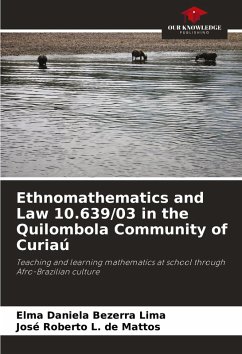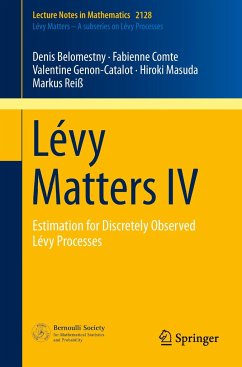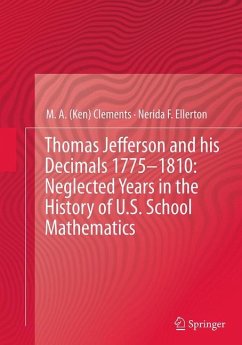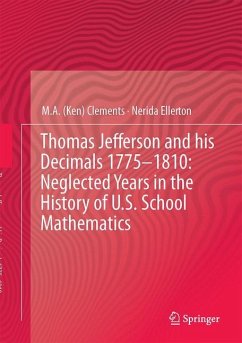
Mathematics Matters in Education
Essays in Honor of Roger E. Howe
Herausgegeben: Li, Yeping; Lewis, W. James; Madden, James

PAYBACK Punkte
53 °P sammeln!
This book is inspired by Roger E. Howe's contributions to the international communities of mathematics and mathematics education. Renowned for his research contributions in the fields of representation theory, automorphic forms, harmonic analysis, and invariant theory, Dr. Howe has also fundamentally deepened our understanding of the mathematics taught in the early school grades and has challenged and stimulated mathematicians and mathematics educators to work together to examine this part of the mathematical universe more critically and in imaginative new ways. This volume will help summarize...
This book is inspired by Roger E. Howe's contributions to the international communities of mathematics and mathematics education. Renowned for his research contributions in the fields of representation theory, automorphic forms, harmonic analysis, and invariant theory, Dr. Howe has also fundamentally deepened our understanding of the mathematics taught in the early school grades and has challenged and stimulated mathematicians and mathematics educators to work together to examine this part of the mathematical universe more critically and in imaginative new ways. This volume will help summarize and highlight Howe's contributions to several topic areas in mathematics education, demonstrating the possibility and importance of engaging mathematicians in high-impact research in mathematics education, and showcasing the importance of cross-disciplinary collaboration and exchange.





